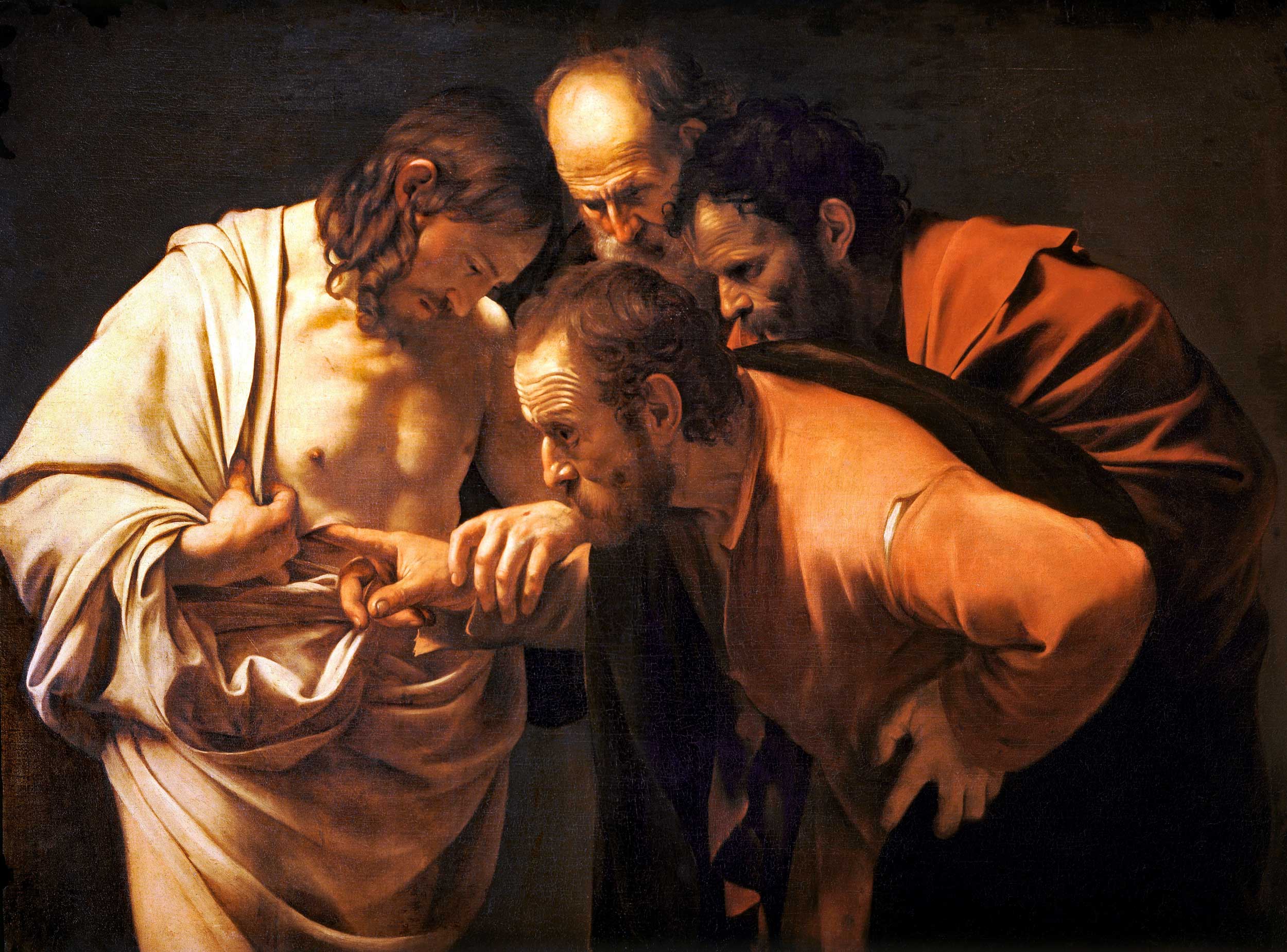Bach Cantata Day Information:
1st Sunday after Easter or Quasimodogeniti
1st Sunday after Easter. Liturgical period : Easter.
Occurrences: April 7 2024, April 27 2025, April 12 2026, April 4 2027, April 23 2028, April 8 2029, April 28 2030, April 20 2031, April 4 2032, April 24 2033, April 16 2034, April 1 2035, April 20 2036, April 12 2037.
Music for this day
- Halt im Gedächtnis Jesum Christ, BWV 67
(first performance 16 April 1724, Leipzig period) - Am Abend aber desselbigen Sabbats, BWV 42
(first performance 8 April 1725, Leipzig period)
The first Sunday after Easter is sometimes called Low Sunday or the Octave Day of Easter, closing the eight days of Eastertide. In Latin it is called Quasimodogeniti, a name derived from the opening line of the scripture by Petrus: "Quasi modo geniti infantes", which means "Like new-born children". Bach created two cantatas in the Leipzig period for this day.
Both cantatas are based on the reading of the day from the Gospel of John, describing the appearance of Jesus amid his disciples, and the episode with Thomas who would not believe the other disciples until Jesus appeared to him as well.
Halt im Gedächtnis Jesum Christ, BWV 67, dates from 1724 and is part of the first Leipzig cycle. It was the first original piece that year after he created the Johannes Passion on the preceding Good Friday; on the other Easter days he reused work from Köthen and Weimar. The orchestration uses a "corno da tirarsi", which Bach uses in only three cantatas. However, no copy of such an instrument, nor a description or picture survives, so to the analogy of the known "trombo da tirarsi" hypothetical copies have been created. It is a kind of slide trumpet.
Am Abend aber desselbigen Sabbats, BWV 42, is from one year later, 1725, and that Easter the choir and orchestra of the Thomaskirche had a lot on their plate: the second version of the Johannes Passion on Good Friday, and new cantatas (BWV 4 and 6) and the Easter Oratorio over the Easter holidays. This is maybe why this cantata opens with an orchestral suite, probably already composed in Köthen. The many surviving written original copies have many copying mistakes, which may suggest that the cantata was composed under serious time pressure.
Extra information
The Netherlands Bach Society website has pages with information and performance of BWV 42 and 67:
https://bachvereniging.nl/en/bwv/bwv-42/
https://bachvereniging.nl/en/bwv/bwv-67/
Playlist
WBC31-1st Sunday after Easter or Quasimodogeniti

Choose one of these streaming services to listen to this playlist:
Image of the day

The incredulity of Saint Thomas by Italian painter Caravaggio from 1601-1602. Sanssouci Picture Gallery, Potsdam, Germany.